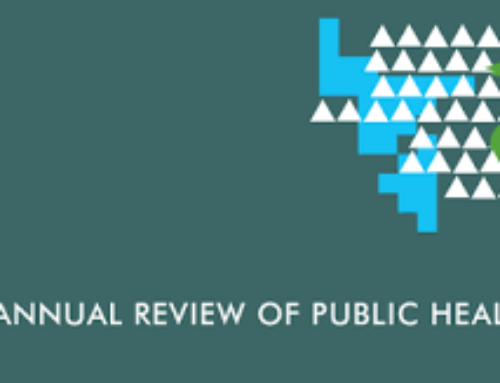As Dr. Jodi Sherman thought about her residency at Stanford University, she couldn’t help but notice how many medical supplies, plastic, resources — stuff — she was throwing away every day.
“It just felt wrong,” she said. Sherman couldn’t put out of her mind that she was feeding into pollution and dirty air that would, at some point, send more people to hospitals.
“It was clear that we were using so much stuff, it was going somewhere and it was coming from somewhere, and we must be causing so much harm to the environment,” she said. “At the time, there was no resources to understand the magnitude of the problem and be able to guide better practice.”
She made a pact to herself that she wouldn’t practice medicine unless she got involved in greening medical systems.
Ten years later, as an anesthesiologist at Yale University and director of the school’s Program on Healthcare Environmental Sustainability, Sherman is one of many doctors still prodding U.S. hospitals and health systems to take action on sustainability. But without a standard framework, U.S. hospitals are slow to green.
Across the globe, health care is responsible for nearly 5 percent of total greenhouse gas emissions, and the United States is among the world’s highest emitters along with China. According to Sherman’s estimate, 8.5 percent of all U.S. greenhouse gas emissions came from the health care industry in 2018. . .
Visit eenews.net for the full article.









